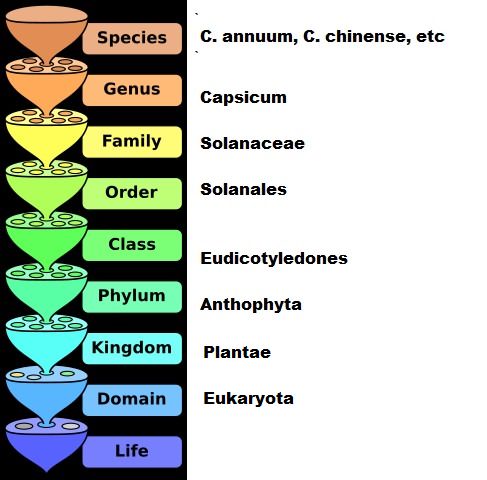Hi, All,
I was gifted a "mystery" pepper plant, which I suspect is an accidental cross. In trying to ID it, I've been looking through the forums for a "one stop shop" reference article on the identifying characteristics of the more common genus. What am I missing or isn't there an entry like that?
You know, growing characteristics, blossom color, approximate plant size, pod shape and color. What I'm looking for is something on just the basic 5 to 7 domesticated genus.
Is there such a thing here, or elsewhere?
I was gifted a "mystery" pepper plant, which I suspect is an accidental cross. In trying to ID it, I've been looking through the forums for a "one stop shop" reference article on the identifying characteristics of the more common genus. What am I missing or isn't there an entry like that?
You know, growing characteristics, blossom color, approximate plant size, pod shape and color. What I'm looking for is something on just the basic 5 to 7 domesticated genus.
Is there such a thing here, or elsewhere?

